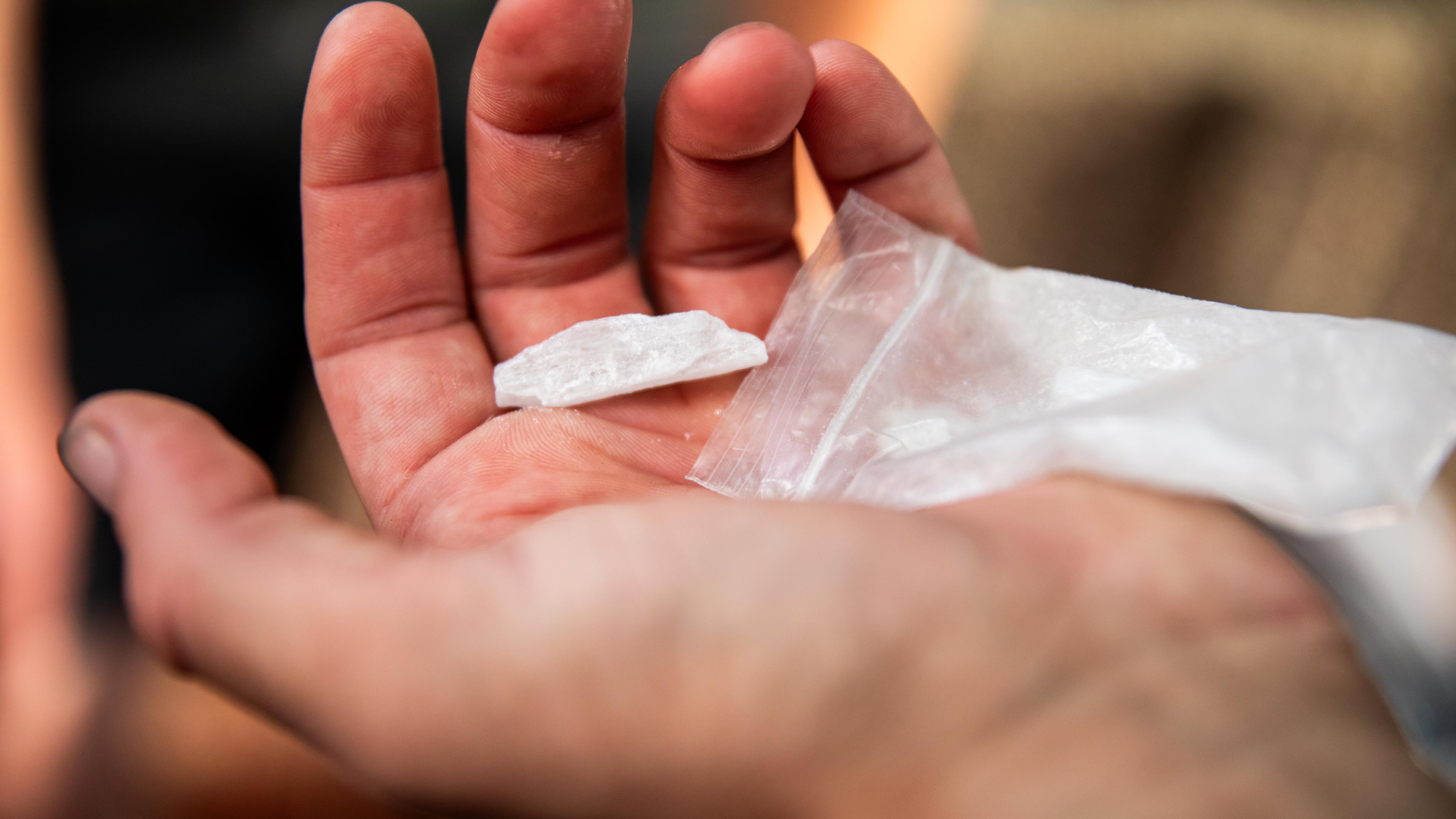Earlier this year, Multnomah County asked the state for $7 million to fund expansion of its four “specialty courts.” These courts allow people facing criminal charges to stay out of jail or prison by agreeing to undergo counseling or behavioral health treatment.
But, to the disappointment of county officials, they were awarded barely half their request: $4 million, even less than they’d gotten in the prior biennium budget cycle.
“We were a little dismayed,” Chief Criminal Judge Cheryl Albrecht told county leaders at a meeting in October. “I think everybody agrees, across the board, of the importance of the treatment courts, and with our lessening ability to engage in that work, it’s not promising.”
The reason for the limited state grant allocation: competition from other counties.
“We had more applicants this cycle compared to previous cycles (around an 11% increase). Unfortunately, our funding pot did not grow at the same rate (around a 4% increase), so more applicants were competing for funding,” says Ken Sanchagrin, head of the Oregon Criminal Justice Commission, which hands out the grants.
The county says it’s looking for other sources of funding to help make up the gap. “One of the largest impacts is to treatment services,” says spokeswoman Jessica Morkert-Shibley.
Increased attention has been given to one specialty court in particular: drug court. Multnomah County’s drug court, called STOP, was eliminated following the decriminalization of small amounts of hard drugs. But the widespread use of fentanyl on downtown Portland streets has invigorated calls to bring it back.
Officials have shifted resources to focus on “higher-risk individuals,” Albrecht explained, including a new court designed to divert Measure 11 offenders from jail that has been highly touted by Multnomah County District Attorney Mike Schmidt.
That court, called STEP, was awarded less than half the $2 million officials asked for. “We will ultimately be turning people away,” says Circuit Judge Heidi Moawad, who oversees STEP.
The county’s mental health court was also hard hit, receiving only 40% of the funding requested.
